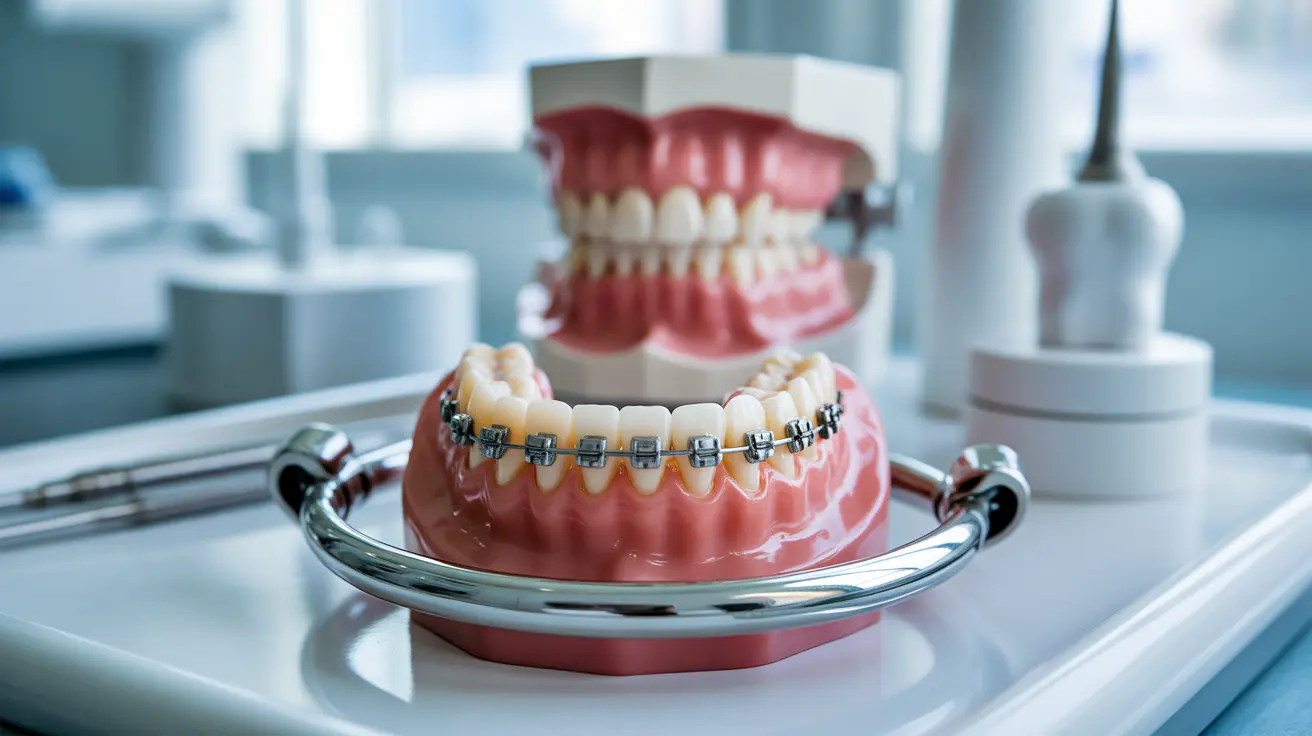Metal bands are crucial components in orthodontic treatment, particularly when it comes to securing braces to the back teeth. These sturdy, ring-like devices play a vital role in ensuring successful teeth alignment and bite correction. Understanding how these bands work and their importance can help patients better prepare for their orthodontic journey.
This comprehensive guide explores everything you need to know about metal bands in braces, including their purpose, application, and alternatives available in modern orthodontics.
What Are Metal Bands and Their Purpose?
Metal bands are customized stainless steel rings that orthodontists cement around specific teeth, typically the molars. These bands serve as anchor points for braces and other orthodontic appliances, providing enhanced stability and support throughout the treatment process.
Unlike regular brackets that are bonded directly to the tooth's surface, metal bands completely encircle the tooth, offering several key advantages:
- Greater stability for orthodontic attachments
- Better resistance to moisture and biting forces
- Enhanced durability for long-term treatment
- Improved anchorage for additional orthodontic appliances
The Application Process
Getting metal bands placed requires careful preparation and precise fitting by an experienced orthodontist. The process typically involves:
- Professional cleaning of the molar teeth
- Selection of appropriately sized bands
- Trial fitting to ensure proper size and comfort
- Cementing the bands permanently to the teeth
- Attachment of wires and other orthodontic components
Advantages of Metal Bands vs. Regular Brackets
Metal bands offer several benefits compared to traditional brackets, particularly for back teeth:
- Increased strength and durability
- Better resistance to displacement
- Enhanced support for heavy orthodontic forces
- Reduced risk of detachment
- Superior moisture protection
Managing Discomfort and Adjustment
While metal bands are essential for many orthodontic treatments, patients may experience some initial discomfort. Here are effective ways to manage any temporary soreness:
- Use over-the-counter pain relievers as recommended
- Rinse with warm salt water
- Stick to soft foods during the adjustment period
- Practice good oral hygiene
- Apply orthodontic wax if needed
Modern Alternatives to Traditional Metal Bands
Contemporary orthodontics has developed several alternatives to traditional metal bands, though these may not be suitable for all cases:
- Bondable tubes and brackets
- Clear ceramic options for some back teeth
- Self-ligating systems
- Clear aligners for suitable cases
Frequently Asked Questions
What are molar bands in braces and why are they used?
Molar bands are stainless steel rings cemented around back teeth during orthodontic treatment. They're used to provide strong anchor points for braces and other orthodontic appliances, offering superior stability and durability compared to regular brackets.
How do molar bands differ from regular braces brackets in orthodontic treatment?
Unlike regular brackets that are bonded to the front of teeth, molar bands completely encircle the tooth. This provides greater stability, better moisture resistance, and enhanced support for orthodontic forces, particularly on back teeth where biting forces are strongest.
Does getting molar bands with braces cause pain or discomfort, and how can it be managed?
Initial discomfort is common but typically mild and temporary. It can be managed with over-the-counter pain relievers, warm salt water rinses, and eating soft foods during the adjustment period. Most patients adapt within a few days.
When are metal bands necessary for braces instead of just brackets?
Metal bands are typically necessary when additional stability is required, particularly on back teeth that endure heavy biting forces. They're also essential when certain orthodontic appliances need to be anchored or when regular brackets might not provide sufficient support.
What alternatives to molar bands exist for securing braces on back teeth?
Modern alternatives include bondable tubes, ceramic options, self-ligating systems, and in some cases, clear aligners. However, traditional metal bands remain the most reliable option for many orthodontic treatments, especially those requiring significant tooth movement or additional appliances.




